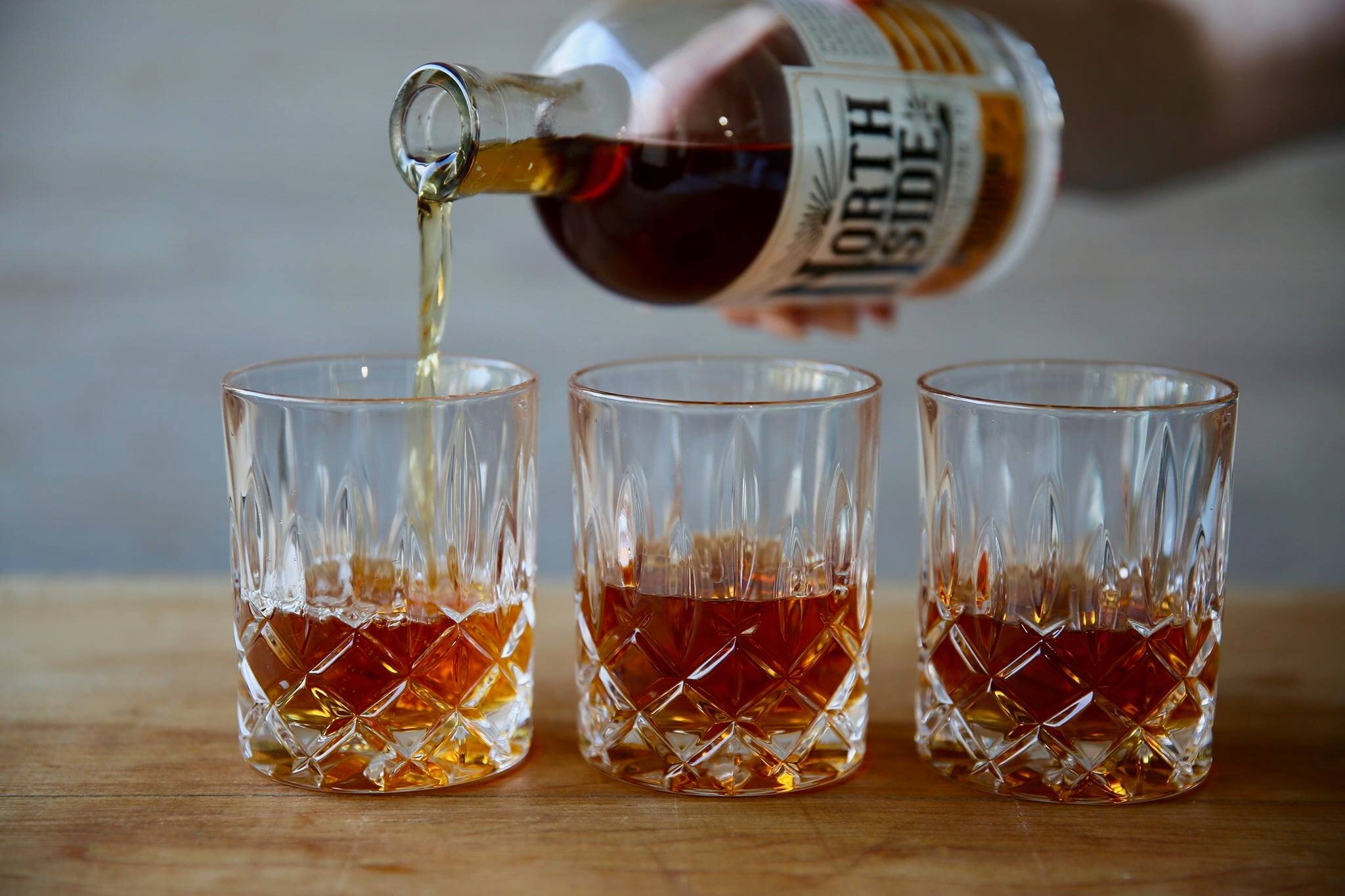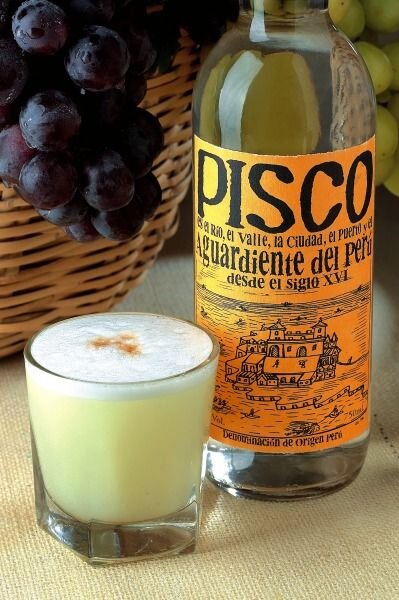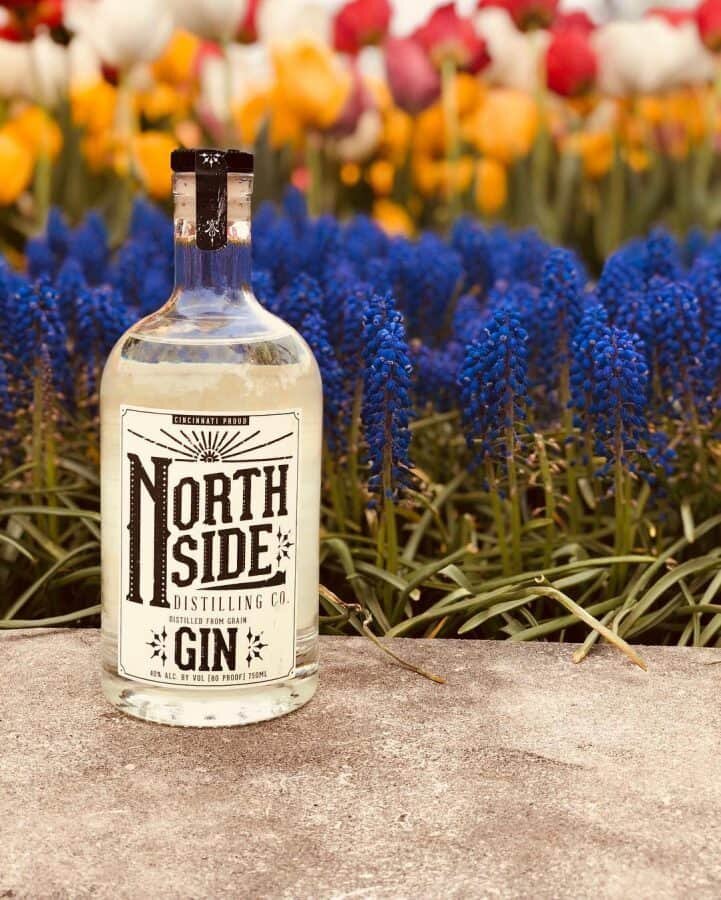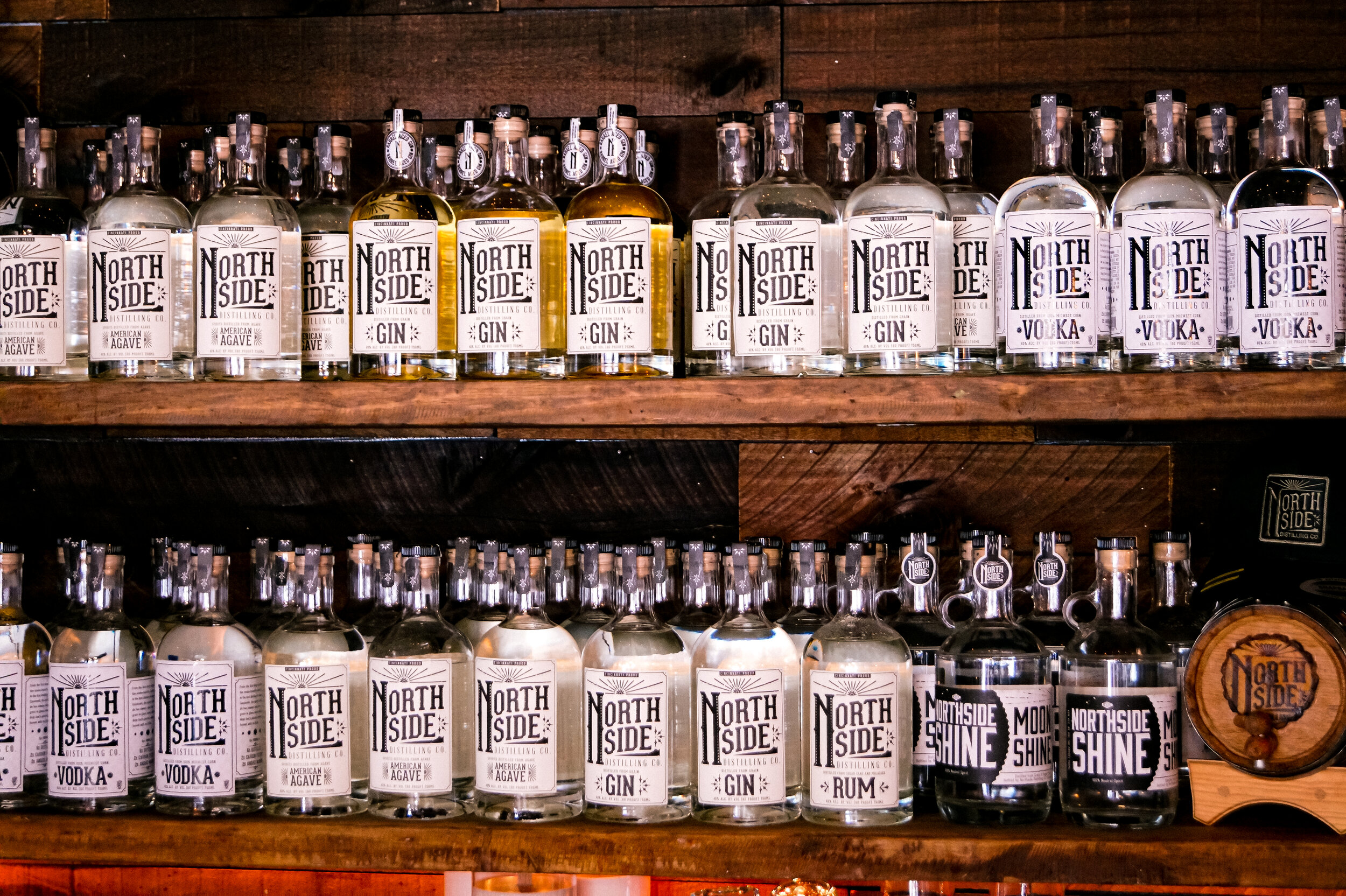National Spirits From Around the World
Various factors come into play when a country chooses its national cocktail or beloved spirit. While some hold historical significance to the region (like bourbon and the United States), others may be honored simply due to popularity, such as the rum distilled in Jamaica. No matter the reason, a national spirit or cocktail is chosen to represent a country's national identity in some way, shape or form. So, let's meet the delicious contenders that make up our world.
The USA – Bourbon: Since its conception in 1789, Bourbon has been known as the spirit of America and has remained popular over the years. Crafted with 51% of corn mash and aged in a new oak barrel, Bourbon is known worldwide for its mild and sweet flavor profile and the variety of craft cocktails one can enjoy. Today, Bourbon is by far the most widely exported American spirit, and as we all know, there's nothing better than a nice glass of Bourbon. This spirit can be made in all 50 states, but must contain at least 51% corn to be called Bourbon, and on May 4th, 1964, Congress adopted a resolution to officially name Bourbon as a distinctive product of the United States. However, it wasn't until 43 years later that Bourbon was formally coined as "America's Native Spirit."
Korea – Soju: Soju is considered the national spirit of Korea. It is a clear spirit that was historically distilled using rice. During the Korean War, distilling rice was banned between 1960-1990, calling for Koreans to develop a new method. Since rice was no longer an option for distillation, so sweet potatoes and wheat took place during the ban. Soju is the most popular liquor in Korea and, because of that, is considered the national spirit.
Iceland – Brennivín: First introduced in 1935 after Prohibition, Brennivín or "burning wine" is the official spirit of Iceland and comes from the same root as brandy, crafted from fermented grain mash before being combined with the country's very soft, high-pH water and flavored with caraway. The result is a clear, savory, herbal spirit, with a taste profile described as having notes of fresh rye bread. This novelty spirit is the traditional drink for the mid-winter feast, Þorrablót, and is said to help mask the fish and shark meat taste.
Peru – Pisco: This colorless brandy was first discovered in the early 16th century and is produced in the winemaking regions of Peru and Chile. Made by distilling fermented grape juice into a high-proof spirit, Spanish settlers first developed it as an alternative to orujo, a pomace brandy imported from Spain. For the spirit to be recognized as Pisco, it must be produced in the Ica District of Peru and crafted in copper stills known as the Peruvian manner.
Costa Rica – Guaro: Guaro, or Cacique, is recognized as the national liquor of Costa Rica. Crafted from sugar cane and packed with flavor, Guaro was first produced in 1853, and for the past 150 years, it has been the most popular distilled spirit in the country. In 1980, the spirit's brand name was officially changed to Cacique, or "leader of the tribe," and is now a staple of Costa Rican culture.
Turkey – Rakı: Throughout Turkey, Rakı is known as a communal affair, often served alongside a platter of mezze dishes. This clear spirit is produced by distilling grape pomace and aniseed to create a robust licorice flavor. Most popularly served over ice with ice-cold water, Rakı turns milky white when mixed with water, leading to its colloquial name, ‘aslan sütü’ or ‘lion's milk.’ This national spirit grew in popularity between 1839 and 1876 and was soon consumed even more than wine.
Mexico – Tequila: Tequila was the first distilled drink in North America, and it is made from the juice of blue agave. Historically, the agave plant was used to make this national spirit; its leaves were used to make mats, rope and other useful items. The first tequila factory was established in 1600 and began to gain national importance during the Revolution. This spirit received international recognition in the early 1970s, and in 1997, the E.U. signed a trade accord that recognized Mexico as the sole producer of Tequila.
England – Gin: Dating back to the early 16th century and first produced in the Netherlands, gin is named after the Dutch word for juniper, jenever or genever in old English. While the Dutch may have discovered Gin, the British have kept the love of this spirit alive throughout the years. Gin is England's unofficial national spirit, gaining popularity for the first time in 1688 when the Glorious Revolution took place. To this day, millions of bottles of Gin are sold each year, with the U.K. hitting a world record in 2019 by achieving 83 million bottles sold.
Greece – Ouzo: Ouzo is produced exclusively in Greece, making it the country's national spirit. This anise-flavored liquor is achieved by distilling grape and or grain with aniseed, an herb commonly used in Mediterranean cooking with a robust licorice taste. The distillation of Ouzo began in the 19th century and has continued to grow in popularity ever since. The spirit is typically consumed before a meal to "prepare your taste buds" and is so sacred to the Greek culture that the European Union has stated under government ruling that it cannot be made anywhere outside the country.
Russia – Vodka: This classic spirit was initially used for medicinal purposes and was known as 'Zhiznennia Voda,' which translates to 'water of life.' Russian vodka or 'spirit wine' was first made by Isidore the Monk in 1430. In the early 14th century, a British Ambassador to Moscow first described vodka as the national drink of Russia. As one of the most significant national Russian symbols and one of the things most associated with the country, Russia has spread the vodka culture to other countries by producing spectacular vodka throughout the years.
Brazil – Cachaça: First discovered by slaves who worked in sugarcane mills in the early 1500s, this spirit was once a staple for low-income workers and was known as "pinga" before it became better known by the name cachaça. Brazil's most popular distilled spirit and crafted from fermented sugarcane juice, this spirit undergoes a pure refining process before being aged to create flavor profiles similar to Christmas spices, baked or dried fruits, coffee and/or grass.
Jamaica – Rum: The first distillation of rum took place on the sugarcane plantations of the Caribbean in the 17th century when plantation slaves discovered that molasses could be fermented into alcohol. The British navy eventually adopted this sugar-based spirit as their official drink in 1655. Later on, they found the distillation process, which concentrated the alcohol and removed impurities, creating the world's first authentic rum. As a result, Jamaica is one of the most famous rum-producing countries in the world. In fact, during the early 1900s, there were nearly 150 distilleries on the island, while today, only four remain operating. Jamaican rum is characterized by "hogo," a flavor similar to overripe fruit. It comes from allowing the molasses to naturally ferment with wild yeast and then distilling the liquid in pot stills rather than column stills. Currently, this spirit is more popular than ever. According to the Distilled Spirits Council, rum accounted for $2.3 billion in sales in 2019.
Northside Distilling Co. Spirits:
Northside Bourbon: Northside Bourbon is crafted with a low rye mash bill and aged five years to produce a rich, caramel aroma with a hint of vanilla. Perfect for an Old Fashioned, Boulevardier, or Whiskey Sour. Or drink it neat.
Northside Gin: Crafted with 100% Midwest-grown corn, Northside Gin is double-carbon filtered and distilled six times to produce an ultra-smooth flavor infused with lavender and citrus with notes of chamomile and elderflower. Perfect for an Aviation, French 75, or Gin & Tonic.
Northside Vodka: Crafted with 100% Midwest-grown corn, Northside Vodka is double-carbon filtered and distilled six times for an ultra-smooth finish. Perfect for a Harvey Wallbanger, Moscow Mule, or Bloody Mary.
Northside Agave: The first agave bottled in Ohio, Northside's American Agave is crafted with 100% organic agave imported from Jalisco, Mexico. Aged in whiskey barrels for a clean and ultra-smooth finish. Perfect for a Margarita, Paloma, or Rosita.
Northside Rum: Crafted using blackstrap molasses and pure cane brown sugar, Northside Rum is the perfect balance of dry and sweet. Perfect for a Hemingway Daquiri, Rum Punch, or Piña Colada.




